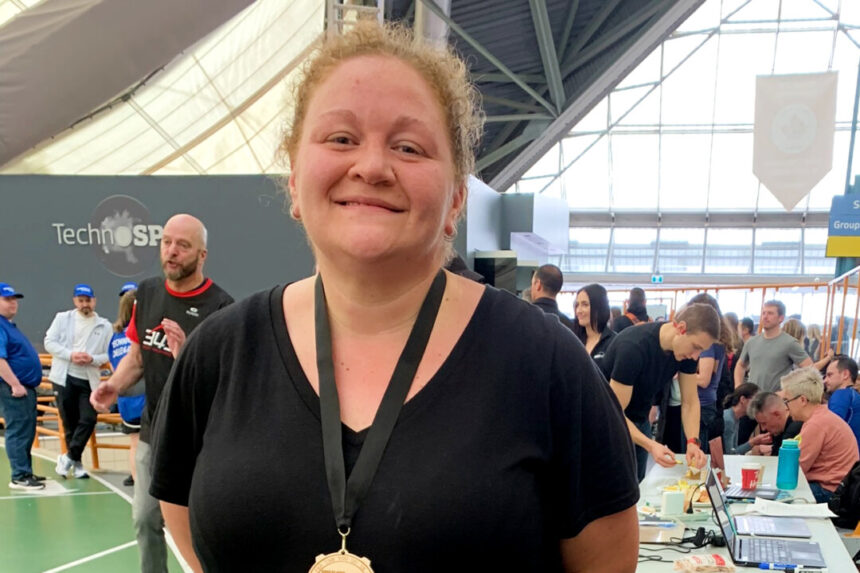Ariel Hornstein was a middle-class teen from a good Calgary home when she began smoking crack cocaine. Years of struggling with her weight and low self-esteem led her to living on the streets. She attributes her addiction to an inability to process emotions, using drugs as a coping mechanism.
She acknowledges that addiction can take different forms such as food, shopping, or gambling. For Ariel, after pulling herself out of drug addiction, she faced a new battle with food addiction, gaining 75 pounds in the process.
Middle-Class Roots: ‘A Pretty Nice Life’
Despite growing up in a good family and receiving a private school education, Ariel faced challenges early on. Bullied at school and struggling with self-esteem, she found it difficult to make genuine connections with others.
Her journey with addiction began in high school, where she started using drugs to cope with her inner turmoil. Despite attempts to start fresh in different cities, she found herself in the same destructive patterns.
After a tumultuous period living on the streets, Ariel entered treatment in 2009. However, she continued to struggle with drug use and toxic relationships, eventually leading her back to her parents’ home.
‘The Worst’
Living on the streets was a harsh reality for Ariel, who had no experience with such a lifestyle. After a period of shelters and drug-seeking, she realized she needed help to break free from her addiction.
Despite her initial intentions to only use certain drugs, Ariel found herself spiraling into a crack addiction. Her relationship with a man she met during this time was also tumultuous and contributed to her struggles.
Eventually, Ariel decided to seek treatment in 2020 after her parents gave her an ultimatum. Through a program at the Aventa Centre of Excellence for Women With Addictions, she learned valuable communication and boundary-setting skills.
Treatment, Recovery
Although her journey to recovery was not easy, Ariel’s determination to overcome her addiction led her to seek help and commit to a program. Despite setbacks and relapses, she continued to push forward towards a healthier, drug-free life.
Participants engaged in discussions about self-esteem and self-worth during their treatment. One exercise involved writing letters to their parents and reading them aloud to the group. The purpose was not to send the letters or seek feedback, but to sit with the emotions in silence.
Despite the initial discomfort, one participant, Ms. Hornstein, had a realization about sitting with emotions and being okay with them. This insight became a key takeaway from her treatment experience. Following treatment, she focused on maintaining abstinence and avoiding triggers, such as returning to her parents’ house where she had previously used drugs.
Ms. Hornstein spent two years in a sober-living home in Calgary, where she found employment in the transportation industry. She emphasized the importance of staying in sober-living care for accountability. Aventa, the treatment facility, provided a continuing care program that allowed her to connect with other graduates for support.
After leaving treatment, Ms. Hornstein faced a new challenge with food addiction and significant weight gain. She embarked on a weight-loss journey with her mother through the Jenny Craig program and successfully shed 150 pounds within a year. She also joined a triathlon training program offered by the Terminator Foundation, embracing new activities and a healthier lifestyle.
Despite ongoing struggles and challenges, Ms. Hornstein remains committed to her recovery journey. She encourages others in recovery to stick with it, take it one day at a time, and believe in the possibility of recovery. Through her experience with addiction and her achievements in triathlons, she has gained a sense of empowerment and confidence in her abilities. Please rewrite this sentence.
Source link






